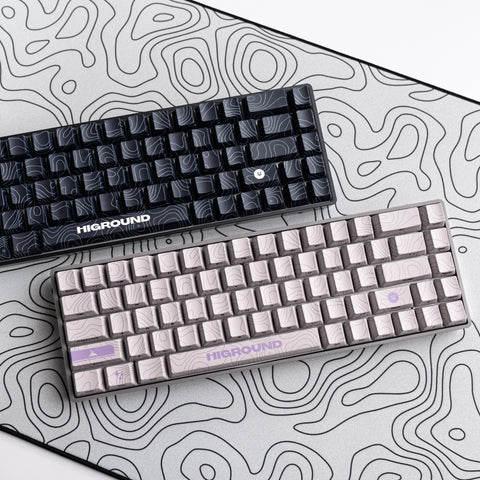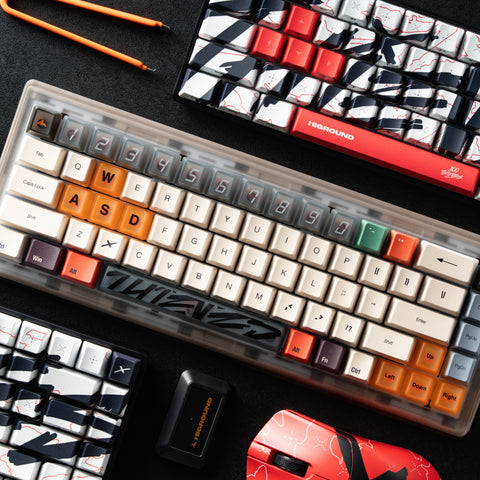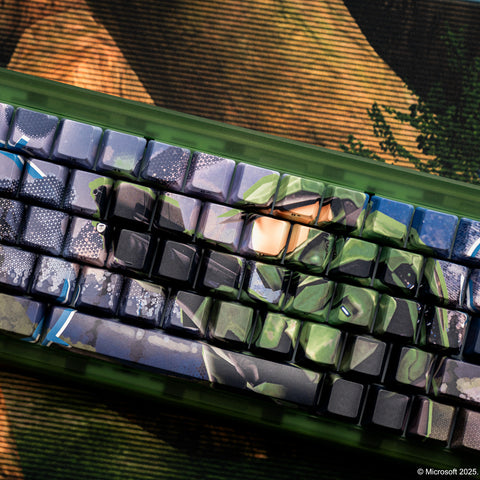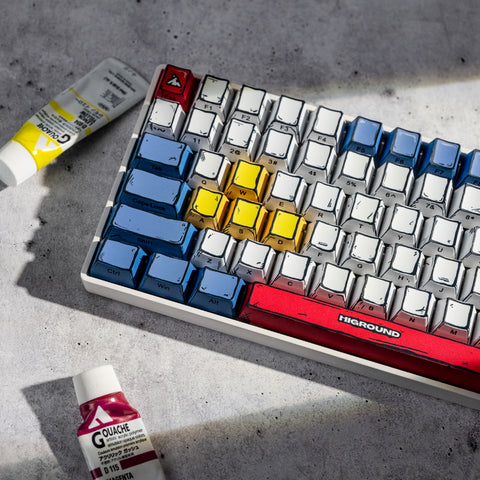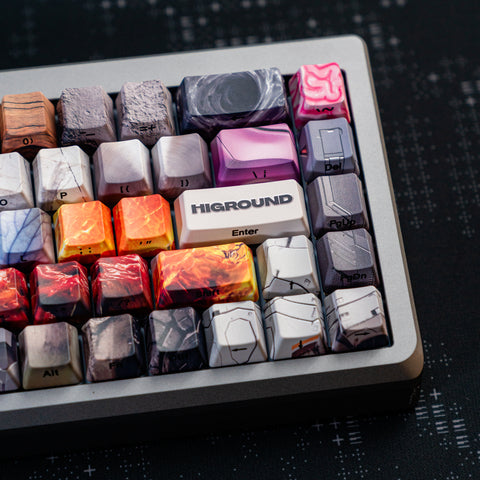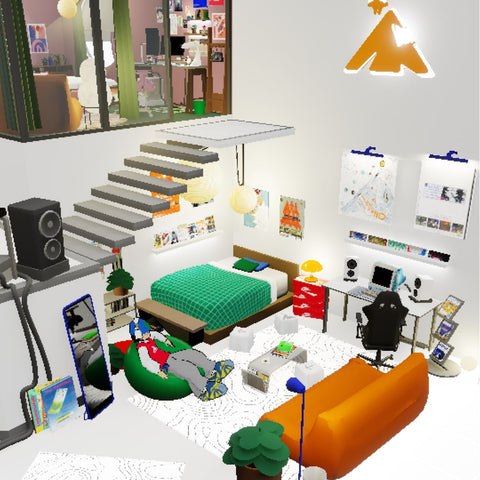What is a 65% Keyboard Layout? Is the 65% Keyboard Layout Superior?
A 65% keyboard is a form factor that removes the F-Row and numpad from a full-size keyboard. Used predominantly for everyday use and gaming, it’s a keyboard that we think offers everything you need and nothing you don’t.
Table of Contents
- What Are The Different Keyboard Sizes?
- What is a 65% Keyboard?
- How Many Switches Do 65% Keyboards Need?
- What Makes Higround Different?
What Are The Different Keyboard Sizes?
Keyboards are one of the most crucial tools in any computer setup, but not all keyboards are created equal. Each form-factor comes with its unique pros and cons:- Full-size (100%): This standard keyboard layout includes a number pad on the right-hand side and a row of function keys along the top. It's great for people who input a lot of data, but it can take up a lot of desk space and isn't very portable.
- Tenkeyless (TKL): Similar to a full-size keyboard—sans number pad—making it more compact and portable while retaining most of the functionality of a full-size keyboard. Having an F-row makes it great for games like League of Legends
-60%: A popular choice for gamers and those who value portability, this layout includes only the alphanumeric, punctuation, and a handful of function keys, omitting the number pad, arrow keys, and other extra keys to save space.
-65%: Similar to the 60% layout, but with a few extra keys, including dedicated arrow keys and an extra row of keys along the right-hand side. This makes it more functional than 60% keyboards while still being compact and portable. Great for games like Valorant and Fortnite.
What is a 65% Keyboard?
It’s the best for daily use. Whether you’re looking up something or hitting flicks on a game, the 65% layout strikes a balance between functionality and portability.With dedicated arrow keys and an extra row of keys, users don't have to sacrifice as much functionality as they would with a 60% layout. Basically, it’s everything you need and nothing you don’t.
How Many Switches Do 65% Keyboards Need?
65% Keyboards require 67-68 switches (and 69 if you’re using an ISO layout).
All 68 of those switches will need a keycap to sheathe them, so expect to use 68 keycaps for your keyboard as well.
What Makes Higround Different?
Higround keyboards feature a myriad of sleek, minimalist designs that create a focal point for any desk setup. Beneath each keycap lies pre-lubed switches and stabilizers designed to sound and feel smooth with each actuation.
We believe in the 65% form-factor so much, all of our keyboards follow that shape. Whether it’s the gaming-focused Performance keyboard to take you to the next level, the premium flagship Summit 65, or even the tried and tested favorite Basecamp 65, each of these models will not let you down.
Open up space on your mousepad for a vibrant design to show through, and give your mouse the dedicated room it needs. With fewer keys cluttering up your desk, you can focus on the task at hand without being distracted by a messy workspace.For those who like the compact layout of a 60% keyboard but still want dedicated arrow keys and don't use the function row F1-F12 or the number pad when typing or coding, a 65% keyboard is a great option. Some people may have difficulty using the FN- and PN-layer method for arrow keys on a 60% keyboard, making the 65% keyboard a better option.Although some people may not initially like how close the arrow keys are to the navigation cluster on a 65% keyboard, most people report that it doesn't take long to get used to. The 65% keyboard is also a good choice for those who dislike how a full-size keyboard makes their mouse further away from their hands when typing, due to the number pad on the right.
Many touch typists have moved away from using the number pad in everyday typing, and instead memorize where each number and symbol are on the top row. 65% keyboards have also become more popular among programmers and developers who have adopted to the lack of a number pad and function row and might use macros to program certain keys to trigger predetermined code.
Since 65% keyboards have only one additional row of keys, they're still compact enough for small desks without compromising on features as much as a 60% keyboard. Additionally, they provide the convenience of portability for users that have frequent travel requirements, or in a hybrid work environment where one works from home some days and the office others and wants to bring their keyboard with them.
For those who have become accustomed to function shortcuts, 65% keyboards will fall short for their needs. An even more common complaint about a 65% keyboard is the lack of a number pad, which is very handy when entering numbers into a spreadsheet or regularly doing quick math. However, with a 65% keyboard, one could also include a standalone number pad, but this defeats the purpose of buying a compact keyboard since the goal was likely to conserve space.
Overall, the 65% keyboard layout is one of the most popular compact keyboard sizes and is likely used as much, if not slightly less than the more commonly available TKL. For those willing to sacrifice the dedicated number pad and function row for more space on their desk and for their mouse, this may be the perfect keyboard size.


